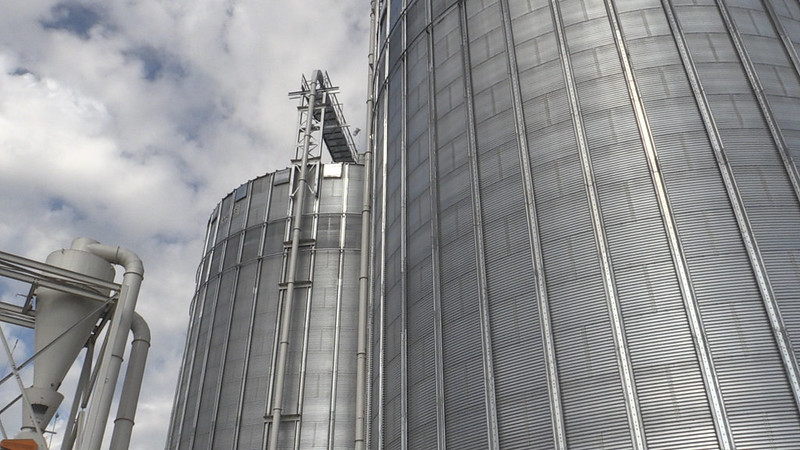The Biomass Research and Development Board's Feedstock Logistics Interagency Working Group advises, communicates, and coordinates federally funded research and development activities related to the logistics and transportation of terrestrial biomass feedstocks. The goals of this working group include:
- Reduce biomass logistics and transportation costs
- Improve biomass quality
- Provide sufficient and on-spec feedstock to the conversion process.
What Are Feedstock Logistics?

Feedstock logistics address the post-harvest systems handling and processing of terrestrial biomass, primarily cellulosic and oilseed, from the field to the conversion facility. Similarly, residuals from agricultural and forest operations, municipal solid waste, and food waste have logistic systems. These efforts seek to reduce biomass logistics and transportation costs while improving biomass quality so that raw biomass is transformed into conversion-ready feedstocks while meeting cost goals.
Why Is this Important for the Bioeconomy?
Logistic systems are critical to enable the development and deployment of cost-competitive, sustainable biomass feedstock management and production systems that are key to advancing the bioeconomy.
The Biomass Research and Development Board is concerned with the entire supply chain related to the production of cost-effective bioenergy. Research into harvesting, collecting, storing, transporting, and preprocessing of feedstocks (purpose-grown terrestrial biomass, agricultural residues, and municipal solid waste resources) contributes to higher fidelity and quality bioenergy supply chains. This in turn reduces overall cost of commercial-scale biofuel and bioproduct production.
Click here1 to watch a short video on the cultivation, harvest, and use of switchgrass for biofuel production.
What are the U.S. Government’s Goals for Feedstock Logistics?
Some of the federal government goals for feedstock logistics include:
- Develop a framework for easily accessible nationwide data on feedstock characteristics and attributes with management applications
- Define regional standard costing procedures and cost-rate models for individual equipment as well as systems for collection, harvesting, and preprocessing biomass into conversion-ready feedstocks
- Facilitate the development of regional feedstock supply and logistic chains, ensuring that cost-effective feedstocks are delivered to conversion facilities at requisite quantity and quality.
Integrating data for robust feedstock characterization improves understanding of equipment and system requirements in handling and preprocessing biomass. For example, if crop production data from the U.S. Department of Agriculture’s (USDA) census of agriculture, such as corn stover and certain oilseed crops, could be combined with biomass compositional data from the U.S. Department of Energy’s (DOE) Bioenergy Technologies Office, a nationwide map of biomass quantity and quality could be developed.
Increasing ease of access to regionally specific data to estimate feedstock yield, feedstock quality, and costs can accelerate establishing best field management and processing practices. The Feedstock Logistics Interagency Working Group’s goals are to develop a national framework with regionally specific data to standardize data reporting and cost modeling.
What Progress Has Occurred?
Scientists at universities, federally funded facilities, and in private industry in partnership with the federal government continue to develop and enhance feedstock logistics. Several recent examples include:
- Identification of special topic interests, specifically for establishing Forest Depots/BioHubs (see IEA Task 43 for more information)
-
USDA National Institute of Food and Agriculture Coordinated Agricultural Products developed models to improve the decision-making of switchgrass and corn stover collection after harvest based on weather conditions
- Identification and interagency discussion of databases to assist with standardizing data reporting and cost modeling:
- DOE:
- USDA
References
1 YouTube, CenUSA Bioenergy, Rob Mitchell (USDA-ARS), September 6, 2012.
